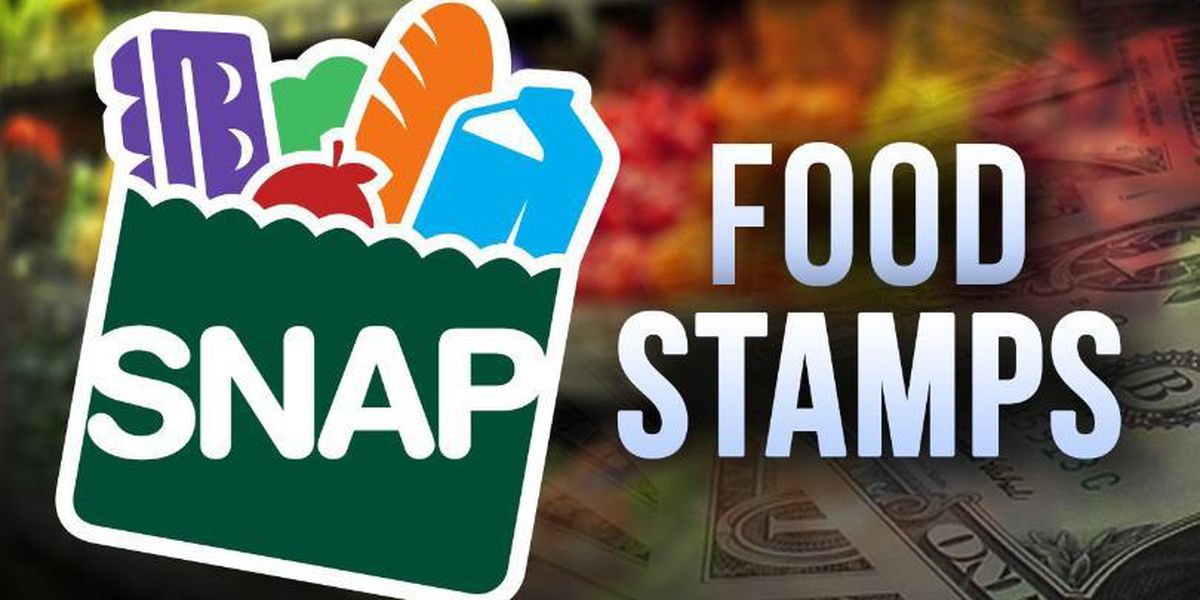Food stamp cuts are less than three weeks away for more than 40-million Americans across 35 states.
What’s Happening?
In the early days of the pandemic the federal government altered the Supplemental Nutritional Assistance Program (SNAP) to boost the benefits going out to low-income households.
The federal government passed an emergency increase in SNAP benefits where most recipients received about $95 more per month for the last three years.
Thirty-five states are set to cut benefits on March 1st. The cuts in SNAP, the Supplemental Nutrition Assistance Program, are due to the end of so-called emergency allotments which bumped up benefits at the start of the pandemic. Eighteen states have already ended their emergency allotments, some citing the strengthening economy as the reason
The decrease will affect about 41.5 million Americans, according to the Center on Budget and Policy Priorities.
The Details
The USDA Food and Nutrition Service announced the changed to SNAP benefit amounts for 2023:
There are several changes that may affect SNAP household’s benefit amounts over the coming months. The temporary boost to SNAP benefits put in place during the COVID-19 pandemic, known as emergency allotments, will end nationwide after the February 2023 issuance. In addition, households that receive SNAP and Social Security benefits will see a decrease in their SNAP benefits because of the significant cost of living increase to Social Security benefits that took effect on Jan. 1, 2023. More details on these changes can be found below and in the Recent Changes to SNAP Benefits infographic.
In states where emergency allotments have already ended including Alaska, Arizona, Arkansas, Florida, Georgia, Idaho, Indiana, Iowa, Kentucky, Mississippi, Missouri, Montana, Nebraska, North Dakota, South Dakota, Tennessee, and Wyoming:
SNAP households that also receive Social Security benefits may see a decrease in their SNAP benefits beginning January 2023 because of their higher Social Security benefit.
In South Carolina, where the state is ending emergency allotments after the January 2023 issuance:
February 2023 SNAP benefit amounts return to normal for all SNAP households in South Carolina. For households that also receive Social Security, their SNAP benefit may decrease because of their higher Social Security benefit.
In the remaining 32 states, DC, Guam, and the U.S. Virgin Islands, which are still providing emergency allotments:
March 2023 SNAP benefit amounts return to normal for all SNAP households. For households that also receive Social Security, their SNAP benefit may decrease because of their higher Social Security benefit.
USDA Provides Additional Information
The CBPP estimates that every household enrolled in SNAP benefits will receive at least $95 a month less once the EA expires. However some households, those with slightly higher typical income levels, could see their entitlement fall by more than $250 per month.
Everyone who is going to get a reduction in their SNAP entitlement should receive a letter in the mail this month to pre-warn them of the change. The letter will also outline the size of future SNAP payments, starting March 2023.
Those 35 states and territories affected are:
Alabama, California, Colorado, Connecticut, Delaware, District of Columbia, Guam, , Hawaii, Illinois, Kansas, Louisiana, Maine, Maryland, Massachusetts, Michigan, Minnesota, Nevada, New Hampshire, New Jersey, New Mexico, New York, North Carolina, Ohio, Oklahoma, Oregon, Pennsylvania, Rhode Island, Texas, US Virgin Islands, Utah, Vermont, Virginia, Washington, West Virginia and Wisconsin.
Once recipients in these areas have received their EA-boosted SNAP payment for February, the payments will revert to their normal, pre-pandemic size from March onwards.
The state Department of Human Services (DHS) urges people to use all the resources for which they qualify.
“No one should ever feel like they have to choose between putting food on the table and paying rent, paying for healthcare, things like that. SNAP is available to help you make ends meet,” said DHS press secretary Brandon Cwalina.
Get the news you need at It’s On News.



[…] Original News Source: 35 States to Cut Food Stamps […]